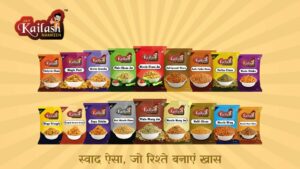Retail inflation has reached to a 17-month high of 6.95% in March, much above the upper tolerance level of the Reserve Bank of India.
According to government data released yesterday unless the inflation cools significantly in April the Monetary Policy Committee might have to start the next rate-hike cycle at the June review itself. For the third straight month to March, inflation remained above the RBI’s medium-term target of 2-6%. On April 8, the RBI not only had raised its inflation forecast for FY23 to 5.7% from 4.5% and projected it to average 6.3% in the June quarter, but had ended its over-two-year-long ‘easy money’ policy.
Food has been the key driver of inflation, surging 7.7% in March from 5.9% in February. The highest food inflation since November 2020 indicates that the poor are bearing the brunt of elevated prices. All items under the food bracket except pulses witnessed a rise in inflation in March, as vegetables (11.6%), edible oils (18.8%) and ‘meat and fish’ (9.6%) posted the sharpest jumps. The price pressures have also been fairly broad-based across goods and services; core inflation rose to 6.4% in March from 5.8% in February, having exceeded the 5%-mark for 22 months now.
Though fuel inflation moderated to 7.5% in March from 8.7% in February, a hike in the relevant sub-index could be expected in April, given the elevated auto fuel rates and the recent sharp increases in CNG and piped gas prices. The elevated price pressure suggests firms have started passing on the rising input cost to consumers. As oil marketing companies continue to raise fuel prices following a spike in global crude oil prices in the wake of the Ukraine crisis, inflationary pressure will remain elevated in April, especially if the domestic currency weakens against the dollar.
















